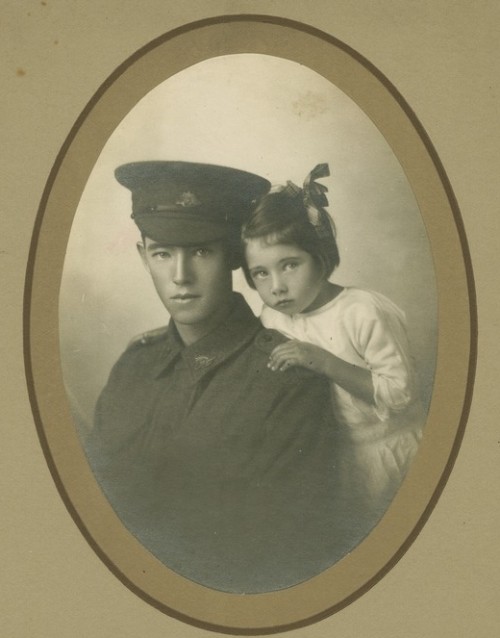
Private George Crigan Graham with his sister, Jean. Acc: 30151/27.
Another wonderful World War I collection which has recently been digitised is that of Private George Crigan Graham who served with the 9th Battalion on the Western Front. This large collection comprises photographs and personal papers relating to G.C. Graham's military service during the First World War, his fund raising efforts during World War II, and his extensive world travels after the war which included a commemorative 40th anniversary tour of Gallipoli and the Western Front in 1955.
George Graham, a young farmer from Dungay in Northern New South Wales, enlisted in Brisbane on the 12th February 1916 in the 42nd Infantry Battalion, 1-6 Reinforcements. He was only 17 at the time and as such was an under-aged recruit. On his enlistment papers he gave his age as 21 years, 9 months, and despite his youthful appearance the authorities appear to have not queried this.
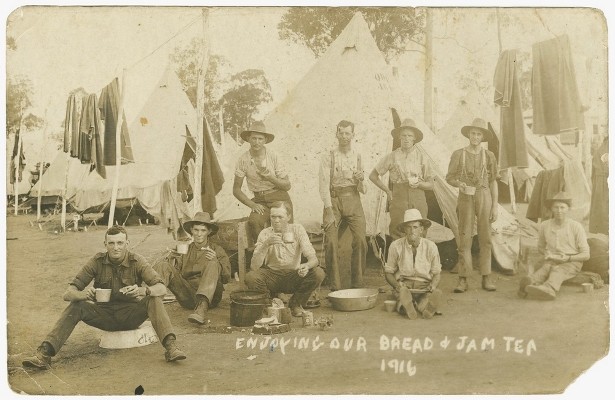
New recruits at Fraser's Camp, Enoggera, Brisbane, ca. 1916. Acc 30151/30.
George embarked from Sydney on the HMAT Borda on the 5th June 1916, and after training in England, proceeded to France to join his battalion in September of that year. He served with the 9th battalion on the Somme during the autumn and harsh winter of 1916, suffering several periods of illness, including neuritis, debility and influenza. In February 1917 he was sent back to England for treatment at the 5th London General Hospital and from there to the Convalescent Training Depot at Parkhouse.
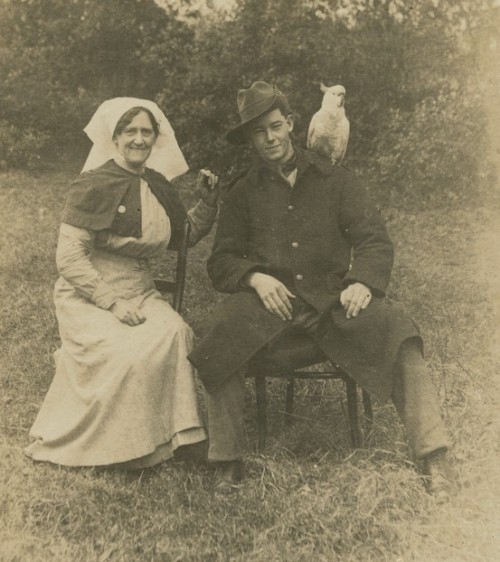
Private George Graham at a military hospital in England, 1917. Acc: 30151/49.
After recovering George was taken on strength at the 1st Australian Dermatological Hospital at Bulford in Wiltshire in March 1918 before being transferred to 9th Battalion Details at Sutton Veny on the 16th of April.
In August 1918 George had the honour of being selected as one of the Australian soldiers to form the King's guard at the opening of Australia House in London. The ceremony took place on the 3rd August 1918 and was attended by King George V and the Australian Prime Minister, William Hughes.
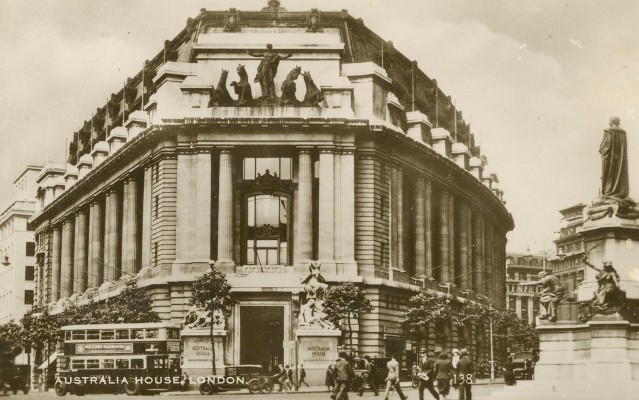
Postcard featuring Australia House in London, 1918. Acc 30151/74.
After the war George returned to Australia on the 19th April 1919 on the troopship Sardinia, resuming farming at Murwillumbah in Northern New South Wales. He married Violet Day in 1922 and the couple had four children. As a talented equestrian, George was chosen in 1937 to be the standard bearer for the Australian contingent of ex-servicemen at the coronation of King George VI in London. The coronation took place on the 12th May with the Australian contingent attending a number of official functions in England and Scotland, before participating in a number of final engagements in France.
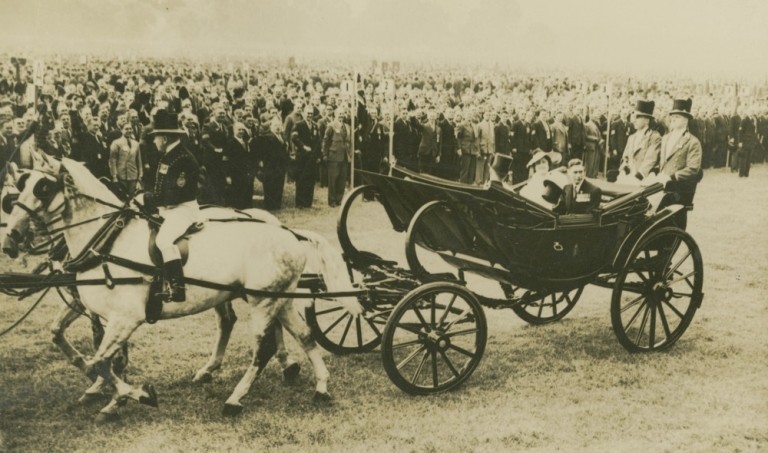
George VI and Queen Elizabeth in an open carriage during the time of their coronation, London, May 1937. Acc: 30151/83.
During World War II George served in the Volunteer Defence Corps and was a tireless worker for the war effort, participating in fundraising activities and supporting the troops at the front in any way he could.
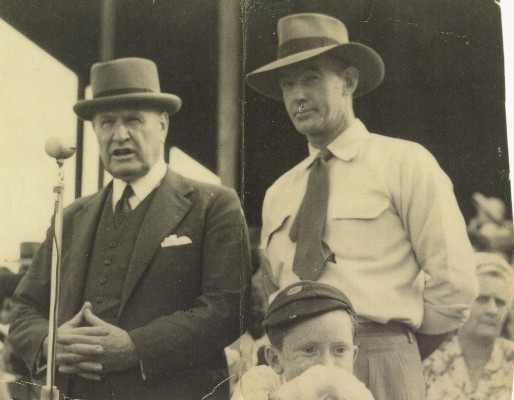
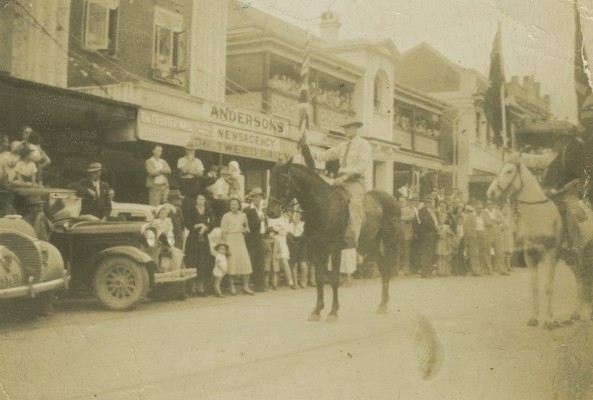
George Graham on his horse 'Midnite' leading a procession in Murwillumbah to welcome home local men and women who served during WWII, 10 June 1946. Acc 30151/95.
In 1955 George travelled with an official party of ex-servicemen to Turkey and the battlefields of the Western Front to commemorate the 40th anniversary of the Anzac landing at Gallipoli on the 25th April 1915.
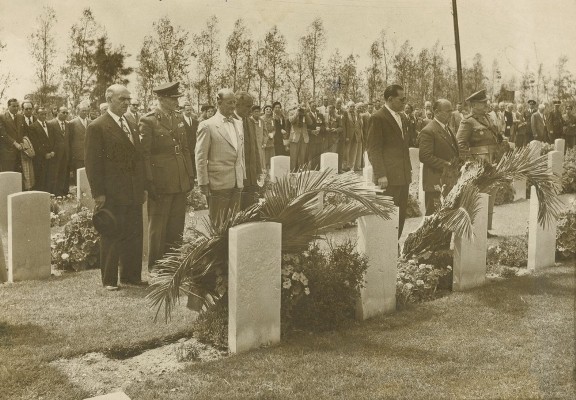
Australian ex-servicemen visiting the graves of Australian soldiers at Gallipoli, Turkey, 1955. Acc 30151/110.
This was one of six world tours which George undertook throughout his life and in which he connected with people from many countries including Germany. He was close friends with the Wingerath family from Dusseldorf. The photograph below is of Fritz Wingerath whom George describes as "my friend from Dusseldorf, Germany in World War II".
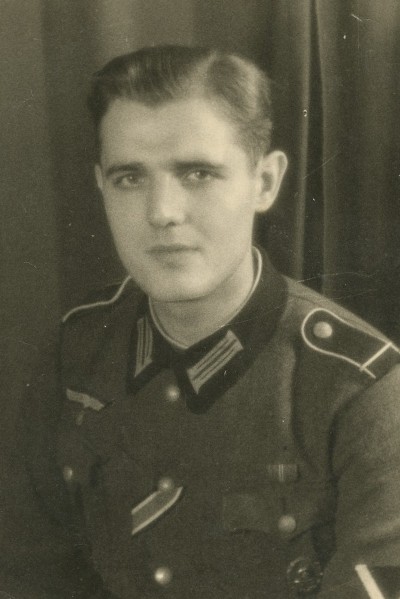
German soldier,Fritz Wingerath, during World War II. Acc 30151/142.
After a life of dedicated service to his country and community, George Graham died at Murwillumbah on the 3rd July 1981 at the age of 83. We are very grateful to his family for donating this rich and diverse collection to the State Library. The George Crigan Graham Collection may be viewed in the John Oxley Library or online.
Lynn Meyers, QANZAC 100 Content Curator
Comments
Your email address will not be published.
We welcome relevant, respectful comments.